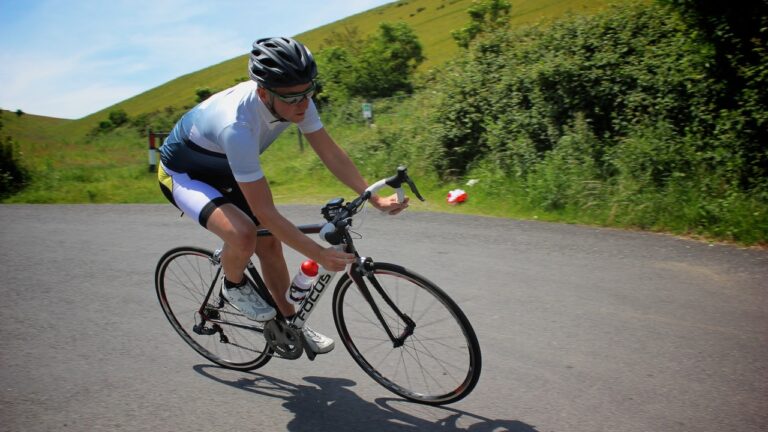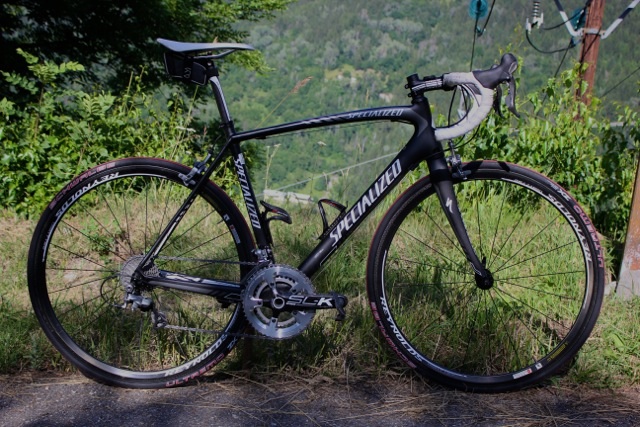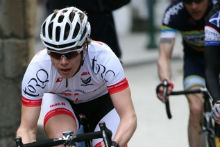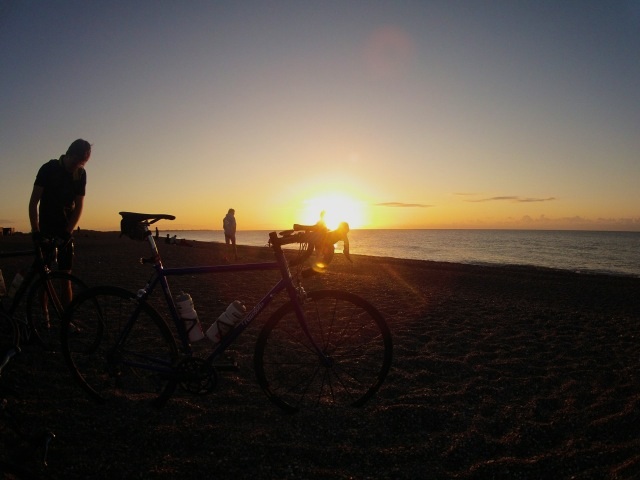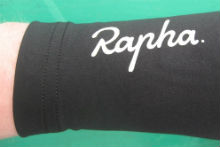Some machines are built for a specific purpose; others as all-rounders.
The A:xus Duran is in the first category, built very much for the task of travelling from A to B in the shortest period of time. If the chosen route includes tight corners to lean in to, steep climbs to attack, and a tight pack of other riders to negotiate, so much the better.
This is not a machine, however, that we’d pull from the quiver for a sportive or epic ride. The frame and fork are extremely stiff, the price paid perhaps for performance that unflinchingly transmits every ounce of the rider’s energy to forward motion.

The enormous down tube and giant bottom bracket fulfilled the promise implied by their considerable breadth, delivering a flex free response to almost any degree of input from flat out, top gear sprints, to low gear, grinding climbs.
While on the subject of climbs, it was in this area that the Duran truly excelled, largely by dint of its impressively low weight: 6.8kg according to our scale. A high-quality spec, partly the work of A:xus, kept weight to a minimum: the 50mm wheels were extremely light. Supplied with Conti Sprinter tubs already glued, we weighed them as we found them. Our scales recorded 918 grams for the front wheel and 1365 grams for the rear, equipped with a suitably racy 11-23 cassette.
The brake calipers, another A:xus design, were excellent. We’re always suspicious about a mix and match approach to componentry (who knows more than Campagnolo, after all, about matching a caliper to a Chorus lever?) but in this case, our fears were unfounded. The A:xus calipers were excellent: powerful, with a fair degree of modulation, and a sleek, business-like appearance.
The Chorus drivetrain (levers, chainset, and the aggressive freewheel described above, another indication of the Duran’s intended purpose) performed flawlessly, as might be expected. The Continental Sprinter tubs were supple and delivered valuable feedback.
Finishing kit was A:xus’ own. Here we were less impressed than we had been by the wheelset and brake calipers. In the bars and stem, A:xus have indulged in the self-defeating exercise of wrapping aluminium in carbon, adding an unnecessarily layer in pursuit of cosmetic goals. The full drop in the handlebar delivered an aggressive position in keeping with the Duran’s race persona, but we felt was an unnecessary step: the longish top tube and stem did more than enough in this regard.
An aluminium seat post may have been specced to induce compliance, but failed to do so. The saddle we found uncomfortable, but saddles, as we’ve said before, are a matter of personal preference. In its defence, we can report a sleek design and weight of 230 grams. The lower tab of the carbon bottle cage failed, which had us off the bike in pursuit of a bidon and chasing for the rest of the evening to rejoin a fast training circuit.
On balance, there is much to like about the A:xus Duran if you’re in the market for pure, uncompromised speed. This is not a machine for long and leisurely rides. If you’re one of a growing number of riders stepping up from sportives to racing, this might be the sort of machine you should have in mind, but we’d strongly recommend reserving it for the latter; a case of horses for courses, perhaps. The Duran is a race horse, and one we’d lead from the stable only for competitive outings.

